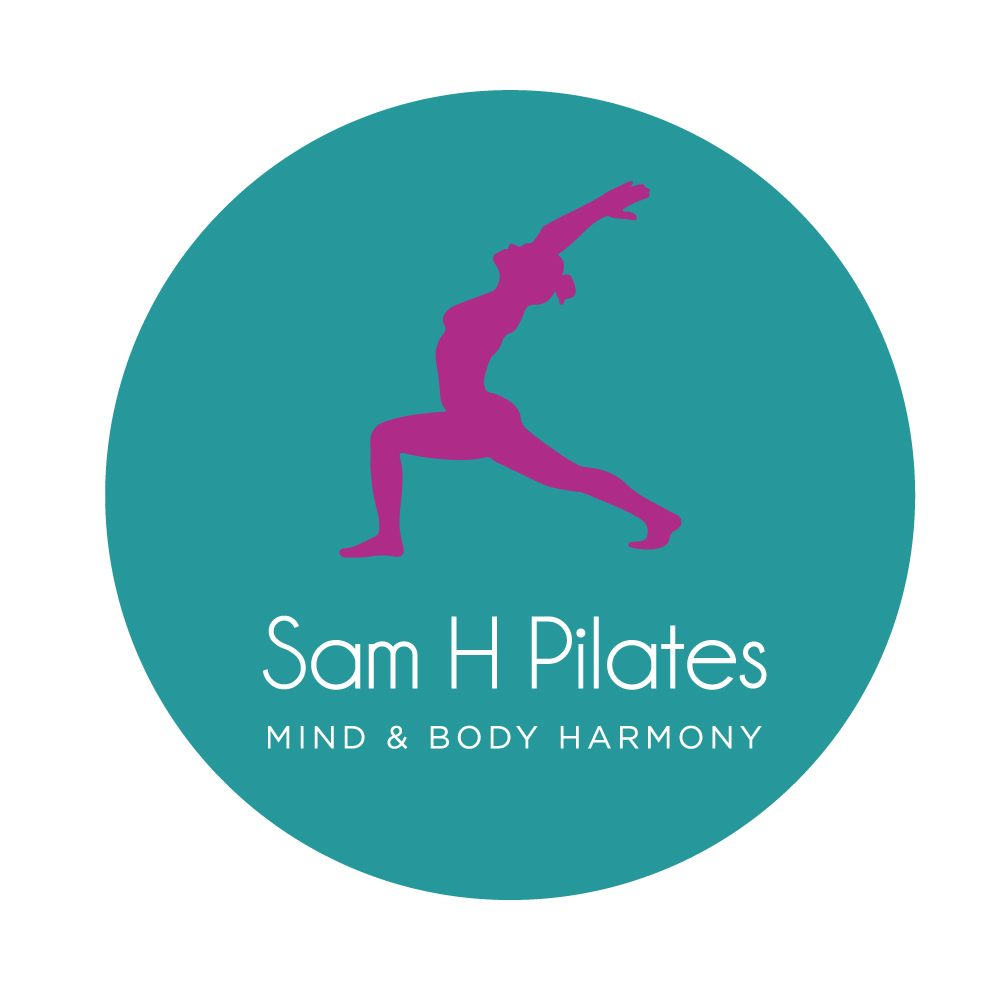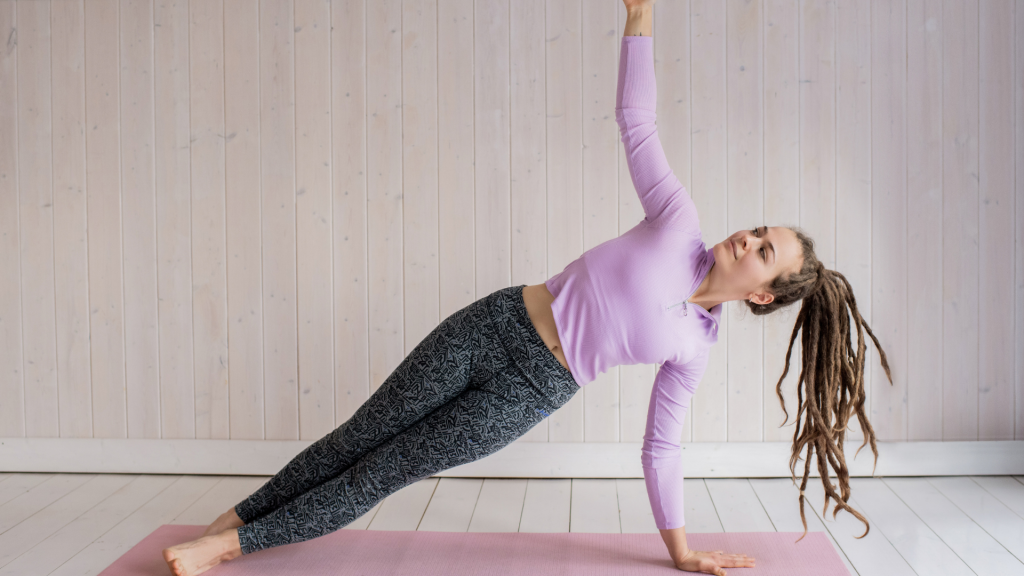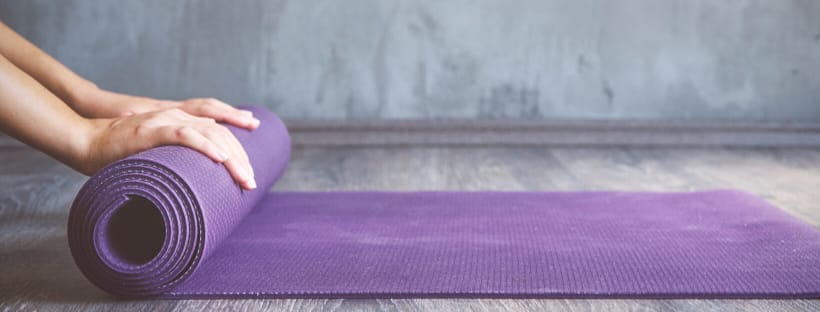Weekly Update
Stay forever young
Pilates has so many benefits I could go on for ever!
It gives you strength through the body, flexibility through your muscles, gives you an air of grace as you move.
You walk taller, prouder, are more confident. You find your inner peace and become a calmer more balanced person.
It is suitable for EVERYONE, what ever your personal circumstances are – having an ailment is not an excuse, it is a challenge to over come.
I have been getting on my soap box lately and reinforcing the point that you need to be aware of your body shape and work with it to get the best results – one size DOES NOT fit all and there is always an option.
We have all heard the statements ‘no pain, no gain!’, and ‘It’s gotta hurt to work!’
However in Pilates these statements have no place. You should never feel pain and should certainly NEVER hurt.
You need to be able to differentiate between the feeling of fatigue in your muscles and pain. If you do feel any pain or tension, you need to re-assess the exercise being performed. You may need an alternative or an improved technique.
As we get older it is normal to experience some muscle stiffness, but it does not spell and end to exercise and activity.
It is vital to maintain and improve flexibility so we can continue the activities in our lives with greater ease. Good flexibility and mobility gives you a spring in your step and a great sense of vitality. It also helps prevent injury whilst playing sport.
Good flexibility means that you can enjoy better/improved mobility in your muscles and joints.
We can lose flexibility without even realising it through our general everyday tasks. If you have a desk job or do alot of driving this will commonly lead to tight hamstrings and lower back pain and well as incorrect posture causing rounded shoulders.
If we take steps to combat this, you will move with greater ease and comfort and be less prone to aches and pains.
Ideally, gentle stretching should be done everyday. It doesn’t need to take very long – 10 minutes should be adequate.
Stretching should be gentle and progressive and never rushed. You should NEVER bounce whilst stretching, this will only shorten the muscle which is the complete opposite to what you are trying to achieve. Stretches need to be held for 30 seconds to start to see an improvement in your flexibility.
Pre-training stretching is not essential as long as you perform a progressive warm up to the activity.
Post training stretching is essential as during exercise the muscles contract and shorten, which reduces flexibility.
When the muscles are warm they are more responsive to stretching, which will help return the muscles back to their pre-exercise state and help disperse the lactic acid that builds up during a workout.
My top tip when stretching is to relax and take your time and make sure you are warm first.
Trying to stretch a cold muscle will only lead to injury and pain. Think of your muscles like a piece of blue tac. If you pull it apart before you have made it pliable it will snap and tear, but if we take the time to roll it around in our hands and warm it up it becomes a lot more flexible and bendy and far easier to work with.
This is also why we move more freely when our working environment is warmer.
Always increase your stretch on an out breath and don’t force a stretch. Flexibility should be progressive and gentle.




